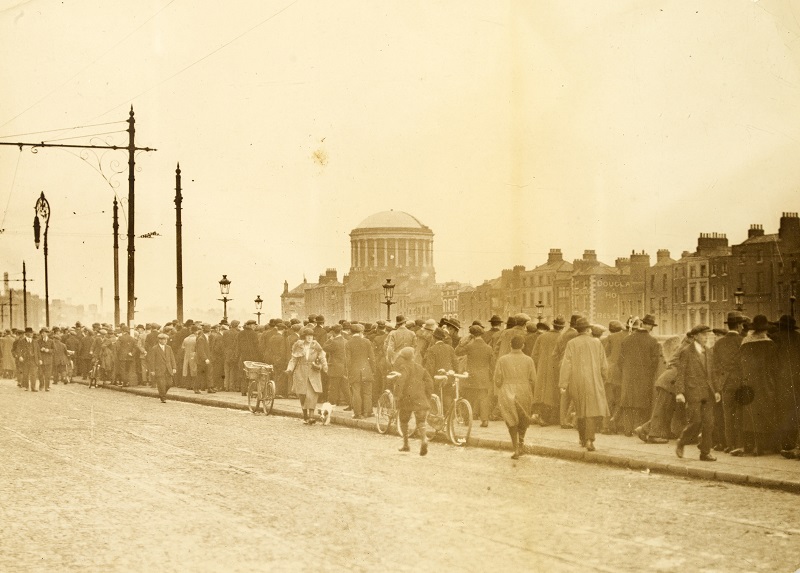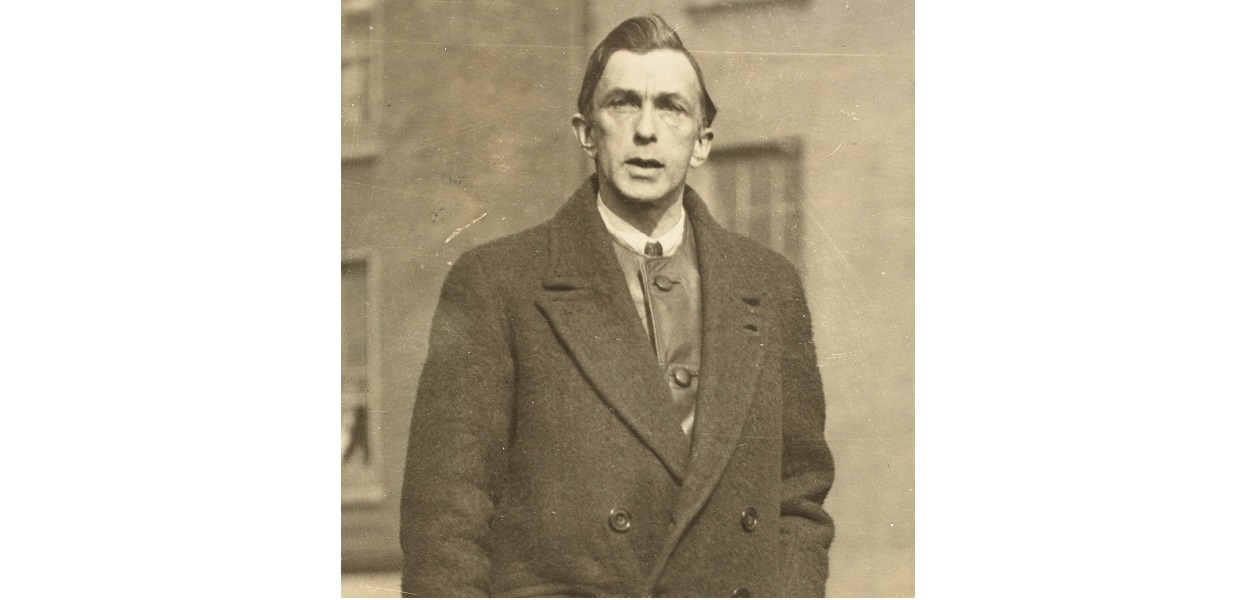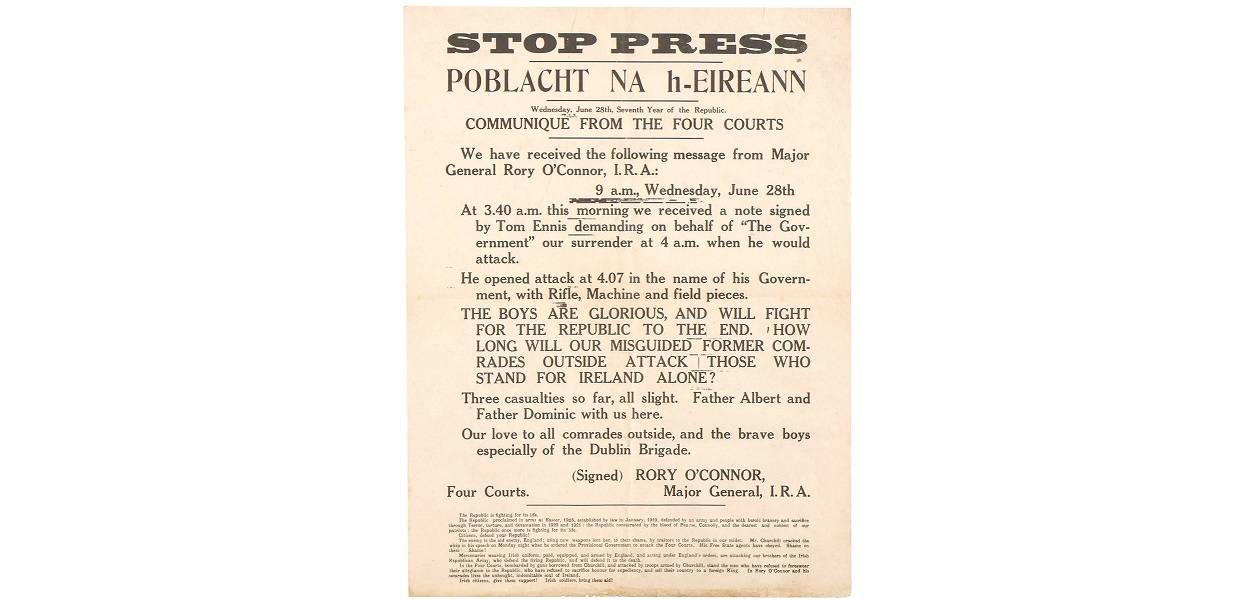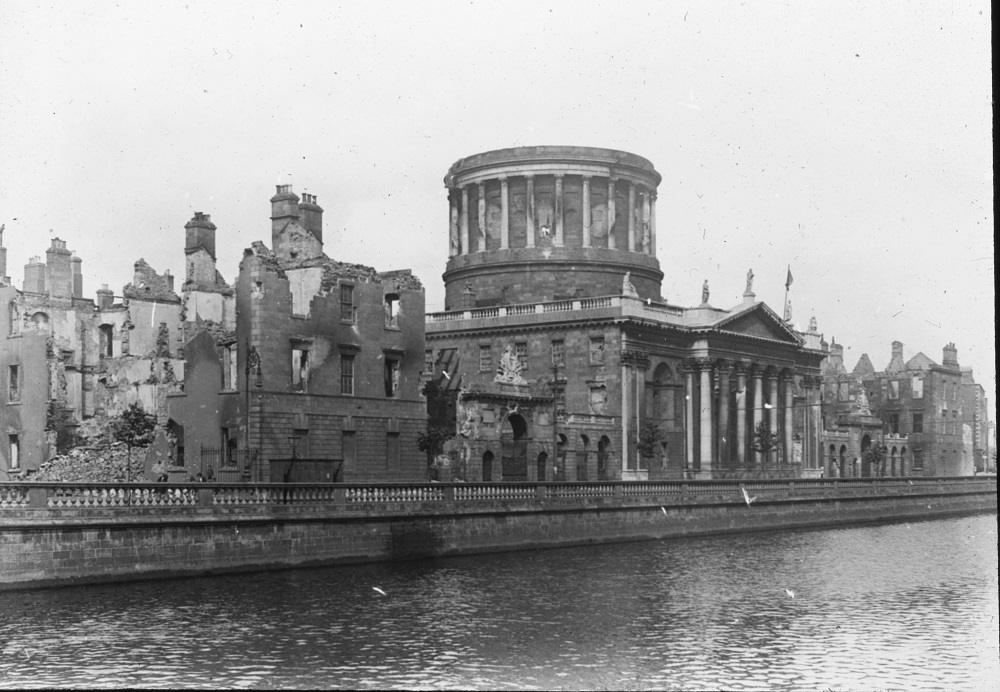On 22 June 1922, British Field Marshall Wilson, an advisor to the Northern Ireland government, was gunned down by two members of the IRA in London. It incensed the British parliament, which insisted that the months-long Four Courts occupation by Rory O'Connor and his forces be ended.
On 26 June Commandant Henderson of the anti-Treaty IRA was engaged in a raid on Harry Ferguson’s premises in Baggot Street to requisition cars and lorries when he was arrested by National Army troops. That evening, in retaliation, men from the Four Courts kidnapped General J. J. O’Connell, Deputy Chief of Staff of the National Army. The patience of the Provisional Government regarding the unlawful occupation of the Four Courts and many other disruptive activities t, and the taking of O’Connell was perhaps the last straw.
On 27 June the Provisional Government decided that the occupiers of the Four Courts had to be ousted. Early in the morning of 28 June, the National Army surrounded the courts complex, and two 18-pounder field guns were dug in across the river from the Courts. At 3.45am an ultimatum was issued to the anti-Treaty leaders to evacuate the buildings or face an attack. Rory O’Connor and the other leaders ignored the ultimatum and no reply was made. At 4am the National Army opened fire on the courts with the eighteen-pounders, machine guns and rifles, and the Irish Civil War began.
The early exchanges displayed a reluctance to hurt men on both sides who had fought together in the War of Independence. However, it quickly become clear that the bombardment would not result in surrender, and an infantry assault was carried out. The anti-Treaty occupiers were forced to fortify themselves in the Round Hall. By the morning of 30 June both the National Army soldiers and the garrison in the Four Courts were exhausted and hungry. At lunchtime, a huge explosion in an explosives store - which, remakably caused no deaths - drove Free State Army troops to evacuate the complex. The fire would spread, destroying much of the Public Records Office and reach the Round Hall. The garrison surrendered at about 4.30pm.
The fires burned for days, leaving the Four Courts complex in ruins. The Civil War would spread nationwide and last until May 1923.
(Photo courtesy of National Library)





